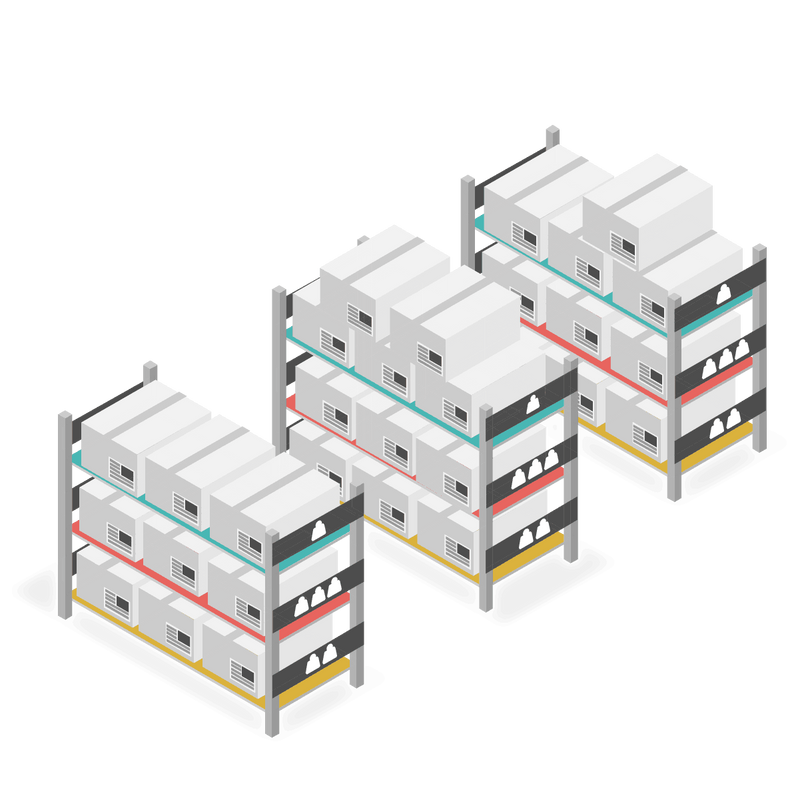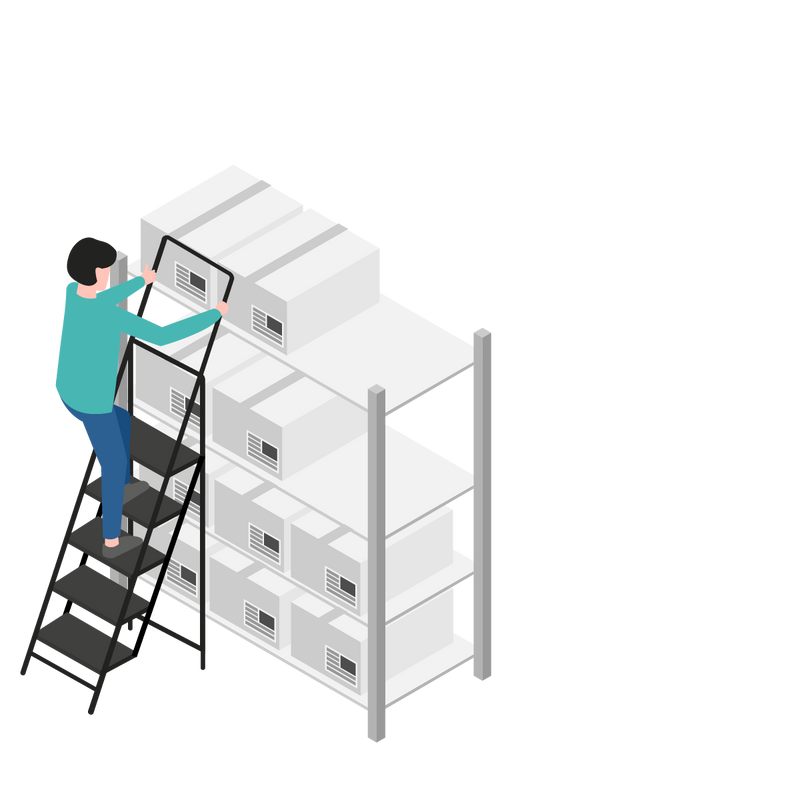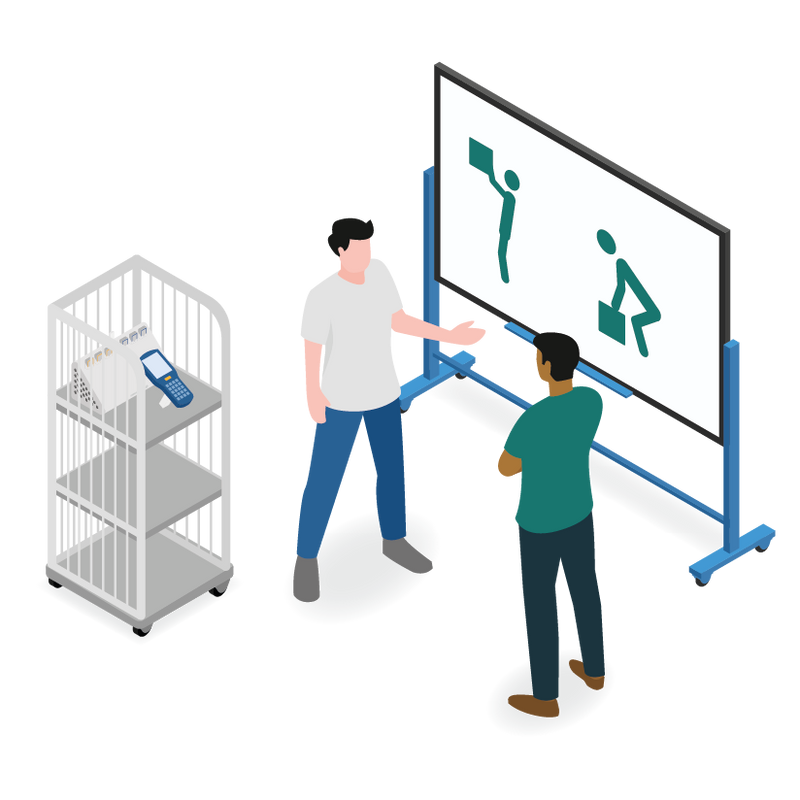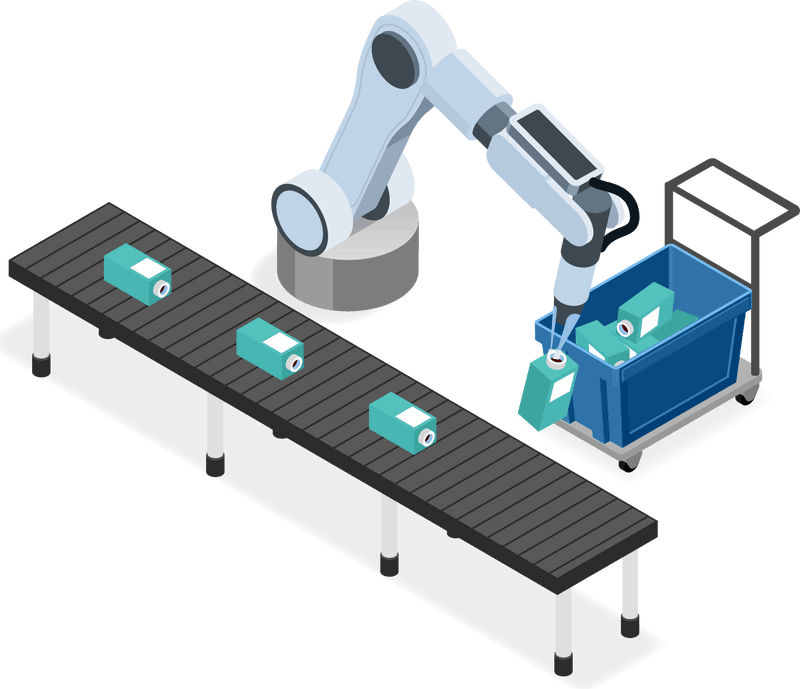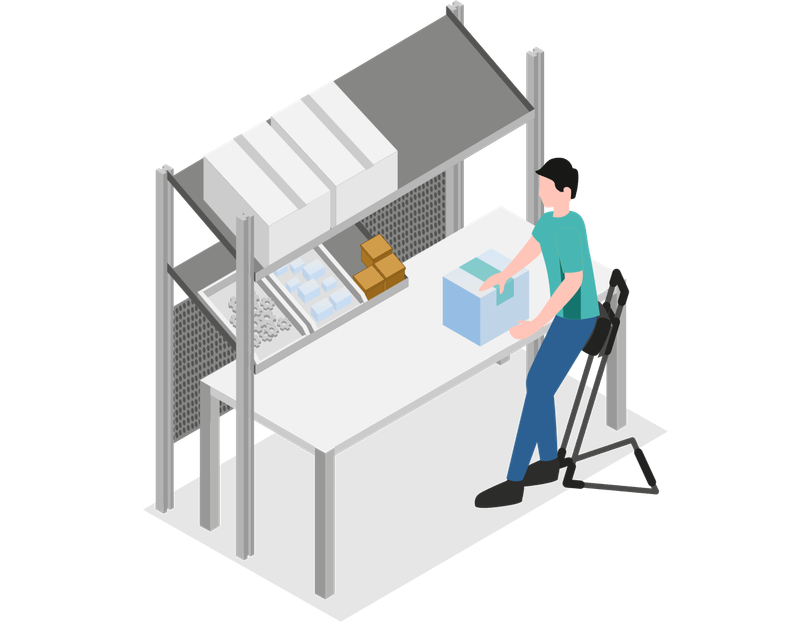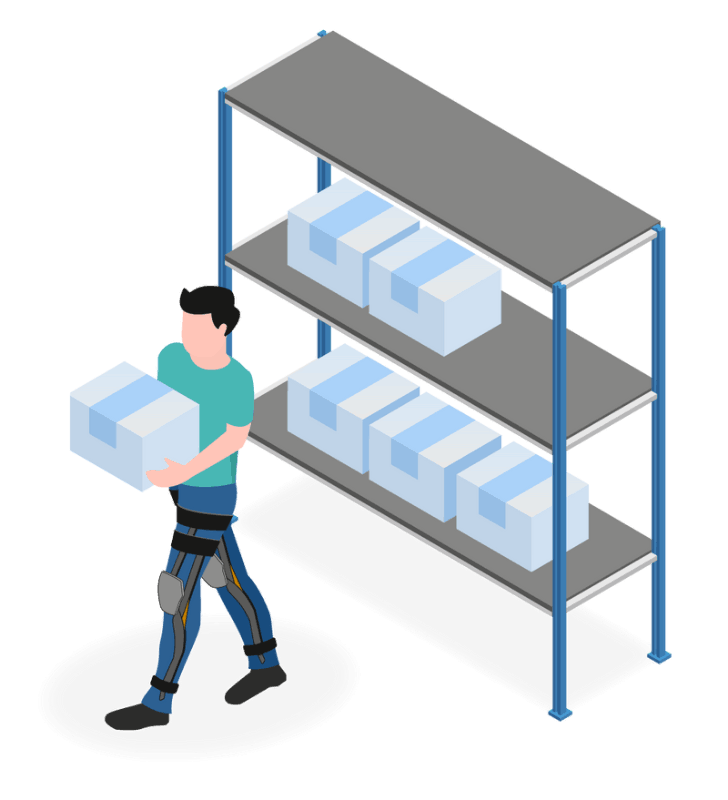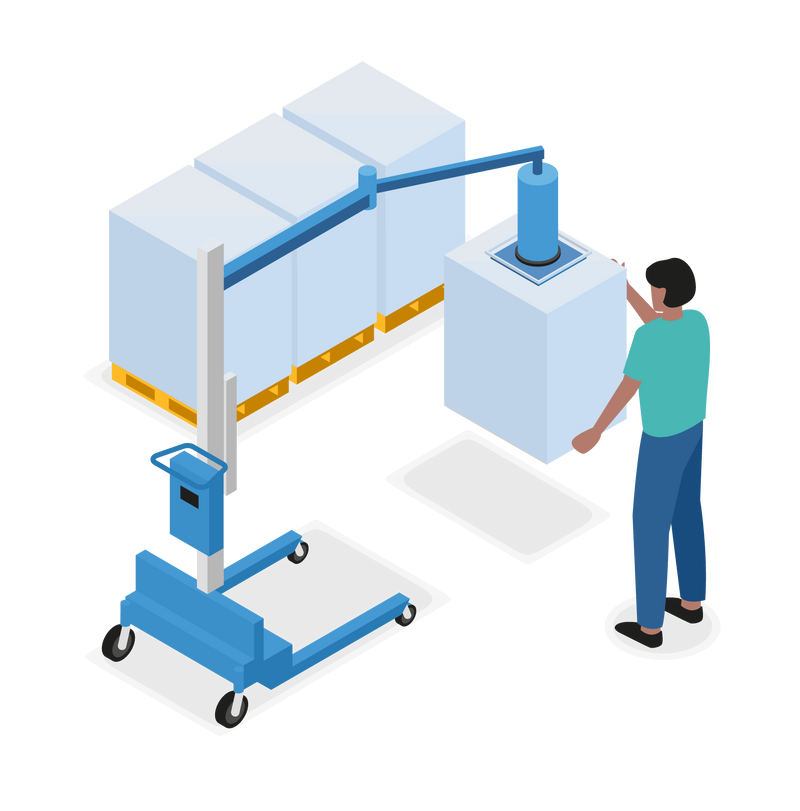Applications of Elevating Platforms
An elevating platform is a useful tool in intralogistics. The platform is used to lift and lower heavy loads to relieve the operator during the lifting process. Elevating platforms are simple in construction. They have a platform or frame on the top that acts as a work surface. Below this platform is a lifting mechanism that can raise the platform to an ergonomic working height. The whole structure rests either on fixed frames or is mounted on a base frame with castors. In the castor version, the elevating platform is freely movable and can be used wherever it is needed. A major advantage of this technology is that it can be used with both evenly and unevenly distributed loads.


